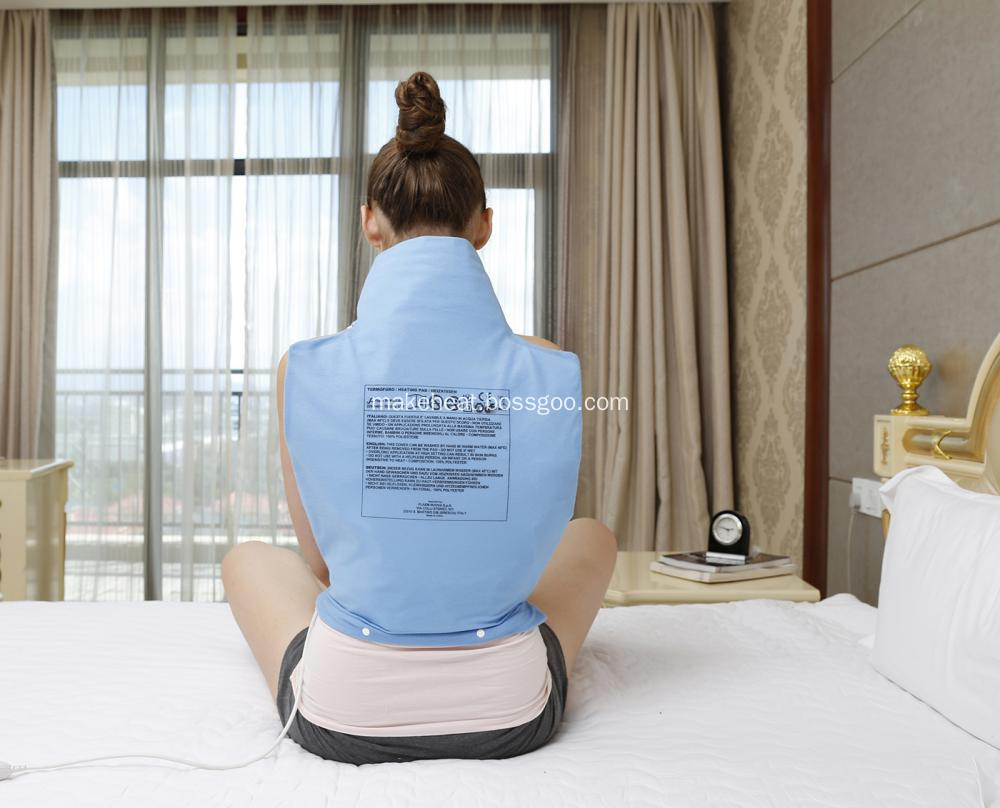Back Heating Pad belongs to Heating Pad. It is a specific kind of heating pad that is used typically for relaxing pains & soreness caused to human backs.
It has 4 temperature settings, as per normal heating pad. The consumers can choose whichever heat settings according to their actual needs. The back heating pad also has the function of automatic shut off, ranging from 90 minutes to 2 hours, depending on consumers' actual needs.
Below image for reference to know the product better.

Back Heating Pad
Therapeutic Heating Pad, Electric Heat Pads, Moist Heating Pads, Heating Pad for Back
Ningbo Makeheat Electrical Appliance Co., Ltd , http://www.makeheat.net